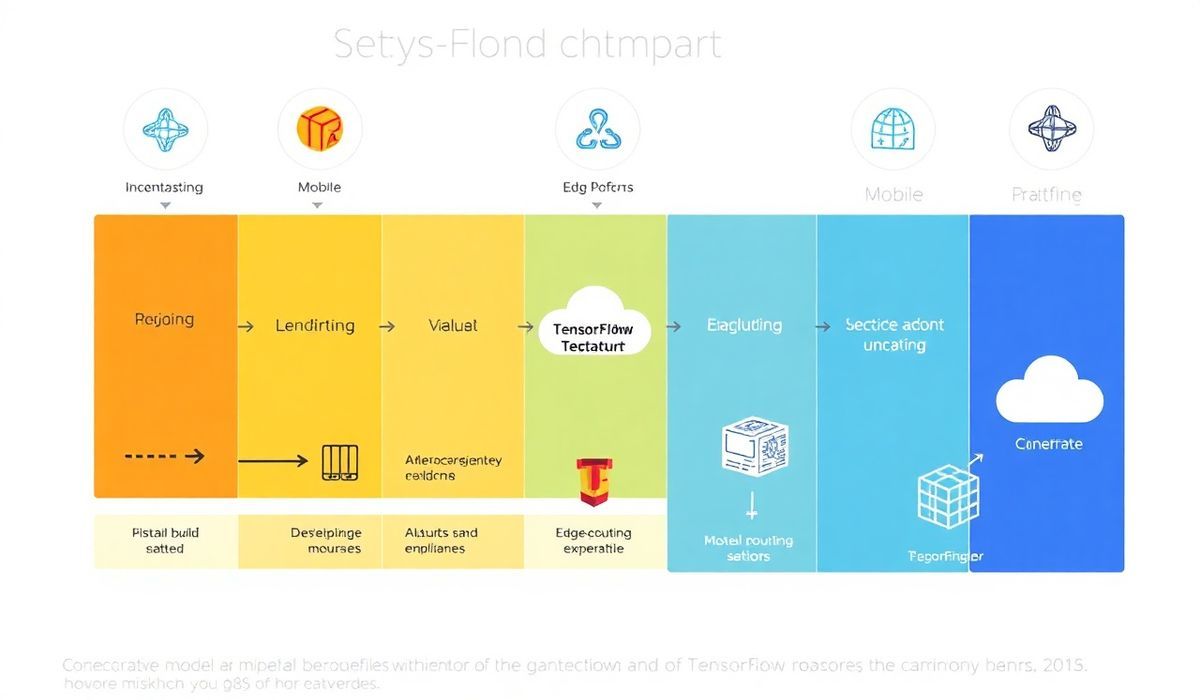Introduction to Build Mediator
Build Mediator is a versatile tool designed for developers to streamline their workflows.
With dozens of useful APIs, Build Mediator simplifies complex tasks and ensures smooth
interactions among different components of your applications.
Useful API Explanations with Code Snippets
1. Initialize Mediator
The first step in using Build Mediator is initializing it. You can easily do this with the
init API.
const mediator = buildMediator.init({
baseUrl: 'https://api.yourapp.com',
apiKey: 'your_api_key'
});
2. Register Services
With the registerService API, you can add new services to the mediator.
mediator.registerService('userService', new UserService());
3. Request Processing
You can use processRequest API for handling incoming requests efficiently.
mediator.processRequest('getUserInfo', { userId: 123 })
.then(response => console.log(response))
.catch(error => console.error(error));
4. Inter-Service Communication
The communicateService API enables communication between registered services.
mediator.communicateService('userService', 'authService', 'validateUser', { userId: 123 })
.then(response => console.log(response))
.catch(error => console.error(error));
5. Middleware Support
Add middleware to modify requests or responses using the useMiddleware API.
mediator.useMiddleware('logRequests', (req, res, next) => {
console.log(req);
next();
});
App Example Using Build Mediator APIs
Here is a simple application example demonstrating the use of Build Mediator APIs.
// Initialize the mediator
const mediator = buildMediator.init({ baseUrl: 'https://api.myapp.com', apiKey: 'my_api_key' });
// Register services
class AuthService {
validateUser(data) {
return Promise.resolve({ userId: data.userId, valid: true });
}
}
mediator.registerService('authService', new AuthService());
class UserService {
getUserInfo(data) {
return Promise.resolve({ userId: data.userId, name: 'John Doe' });
}
}
mediator.registerService('userService', new UserService());
// Enable logging middleware
mediator.useMiddleware('logRequests', (req, res, next) => {
console.log('Request:', req);
next();
});
// Handle user info request
mediator.processRequest('getUserInfo', { userId: 123 })
.then(response => console.log('User Info:', response))
.catch(error => console.error(error));
// Validate user between services
mediator.communicateService('userService', 'authService', 'validateUser', { userId: 123 })
.then(response => console.log('User Validation:', response))
.catch(error => console.error(error));
By following these examples, you can leverage Build Mediator to create a highly modular and efficient application architecture.
Hash: 4cb3f6306955fcdc30716b4802587352296ed89ca955bb365a5aa3bd168e330d




